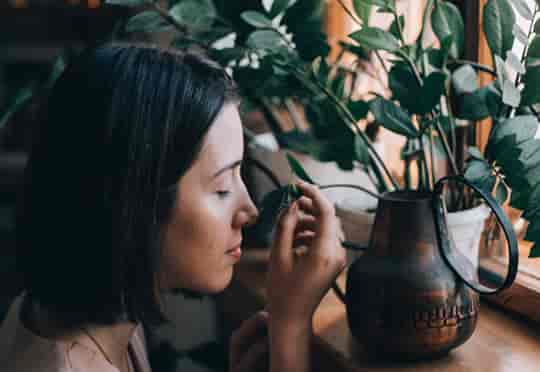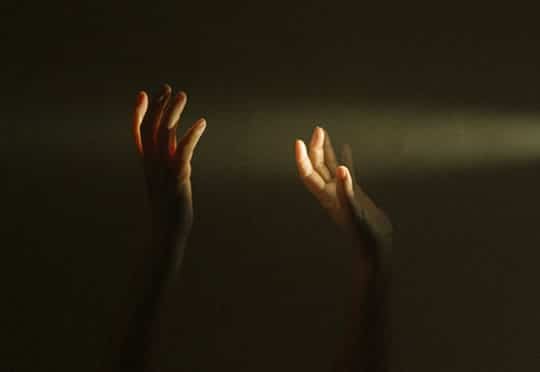An essential mineral in the body have been linked to recovery of COVID-19 patients.
The body’s levels of selenium could have an impact on COVID-19 patients’ recovery, a study suggests.
Selenium is an essential trace mineral, meaning our body can’t make it therefore it must be obtained from the diet.
Despite the body only needing tiny amounts of selenium, its effect on human health has been underestimated.
The trace element plays an important role in the immune system and protecting the body from infections as well as thyroid function, reproduction, and preventing DNA damage.
Selenium is found in foods such as brazil nuts, seafood, meats, eggs, cacao, milk, cottage cheese, alfalfa, couscous, whole wheat pasta, and mushrooms.
Past studies have shown that the severity of several viral diseases in humans and animals can be influenced by selenium levels.
In HIV patients, for instance, low selenium status has been associated with the virus’s development to AIDS.
Researchers looked into the possible effect of selenium levels on the recovery of patients with COVID-19 virus in China.
Selenium levels in food depend on selenium content in the soil where the food is grown.
Due to large geographical differences in the soil, China is known to have higher and lower selenium levels than in other countries.
Professor Margaret Rayman, study co-author, said:
“Given the history of viral infections associated with selenium deficiency, we wondered whether the appearance of COVID-19 in China could possibly be linked to the belt of selenium deficiency that runs from the north-east to the south-west of the country.”
After analysing data on different regions, the research team found that patients with high selenium intake had a much higher chance to overcome COVID-19 infection.
Enshi, a city in Hubei Province, is an example since the population consumes higher amounts of selenium than any other part of China.
When looking at the percentage of recovery from the virus, the cure rate in Enshi was three times greater than other cities in the country.
In contrast, Heilongjiang Province has one of the lowest selenium intakes in the world.
COVID-19 death rates for this area were five times larger than other parts of country.
Analyses of nails or hair can show long-term intake of selenium.
By measuring selenium concentration in patients’ hair, the team found that the COVID-19 cure rate was highly linked to selenium status (selenium that is potentially active in the body).
Ms Kate Bennett, study co-author, said:
“There is a significant link between selenium status and COVID-19 cure rate, however it is important not to overstate this finding; we have not been able to work with individual-level data and have not been able to take account of other possible factors such as age and underlying disease.”
Dr Ramy Saad, study co-author, commented:
“The correlation we have identified is compelling, particularly given previous research on selenium and infectious diseases.
As such, a careful and thorough assessment of the role selenium may play in COVID-19 is certainly justified and may help to guide ongoing public-health decisions.”
The recommended daily intake for selenium is 55 micrograms per day and selenium intake of more than 400 micrograms per day can be toxic.
The study was published in The American Journal of Clinical Nutrition (Zhang et al., 2020).







